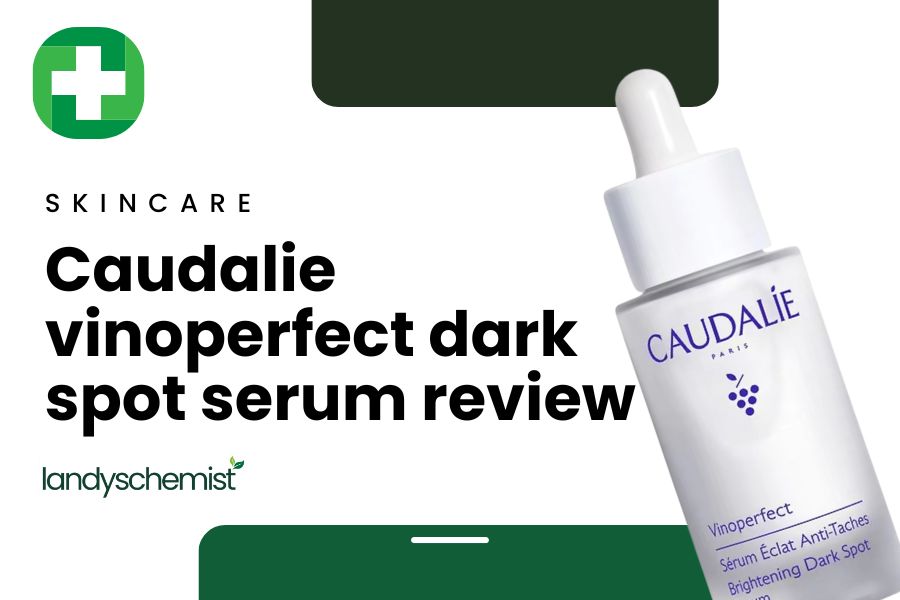
How To Use A Hair Mask
Hair masks can transform your hair overnight thanks to their concentrated, nourishing ingredients. While regular shampooing and conditioning will help clean and sustain your hair, using a hair mask every so often will leave it sleek and glossy. Using a hair mask regularly can help to target common hair concerns, such as frizz, dullness, dry hair and breakages.
There is a lot to understand about how to use hair masks in order to get the best results. In this guide, we look at how hair masks work, offer a step-by-step guide to applying a hair mask, recommend the best hair masks to try, and answer common questions about hair masks.
What Is A Hair Mask?
A hair mask is a deep conditioning treatment for your hair. Hair masks are similar to traditional conditioners, but they have more concentrated, thicker formulas, and are left in for longer. Using hair masks as part of your regular hair care routine can help you get softer, stronger, or shinier looking hair.
How Do Hair Masks Work?
Hair masks work by penetrating deep into your hair, providing nourishing ingredients that support healthy hair. These vital hair care ingredients include oils, proteins and humectants – substances that attract water to help retain moisture.
To be effective, hair masks are left in your hair for an extended period of time, typically 5-30 minutes. This allows your hair to absorb the active ingredients and become revitalised. Depending on the brand you use, the duration can range from a few minutes to overnight. Most regular use conditioners are applied and washed out in a few minutes.
What Hair Types Can Use Hair Masks?
All types of hair can benefit from using hair masks – whether you have straight, curly, coloured or damaged hair. Getting the best results from a hair mask is achieved by making sure you pick the right one for your hair needs. There are special hair masks for restoring hair treated with colour, to give your hair more volume, and to repair damaged hair.
Hair Masks Can Help With Damaged Hair
Hair masks can treat different types of damage, including:
- naturally dry hair,
- brittle hair,
- heat-damaged hair,
- chemically coloured hair.
Hair masks can also be beneficial if your hair is showing signs of aging. Hair, like skin, will become more brittle and thinner as our hydrating scalp glands become less effective as we get older. Using a deeply nourishing and hydrating hair mask can help restore your hair's strength, lustre and shine.
How To Choose A Hair Mask
The best hair mask for you will be formulated for your hair type or hair issue:
- Fine or thin hair: Lightweight masks with strengthening proteins, like keratin, will boost hair strength without being too heavy.
- Thick, textured or curly hair: Rich formulas with ingredients like coconut oil will help enhance definition and elasticity.
- Oily hair: Hair masks with oil-controlling ingredients, like salicylic acid and green tea extract, will exfoliate without stripping out all the good oils.
- Dry and/or damaged hair: Choose hydrating hair masks with ingredients like argan oil, shea butter and ceramides to replace lost moisture and boost nourishment.
- Coloured and/or bleached hair: Look for hair masks that are protein-rich and can help restore hair, look for ingredients like hydrolyzed keratin and silk, amino acids, and bond builders like bis-aminopropyl diglycol dimaleate.
Best Hair Masks
If you're not sure where to start with a hair mask, we have a few recommendations. We have included a selection of the best hair masks below, including options based on specific hair needs:
- Vichy Dercos Kera Solutions Restoring Conditioning Mask
- Phyto Intense Curls Nourishment Mask 200ml
- Rausch Wheatgerm Nourishing Pack Mask 100ml
How Do I Apply A Hair Mask?
The steps you take to apply a hair mask will vary from brand to brand so make sure to read the instructions. However, the majority of hair masks follow a similar process.
1. Wash your hair and towel dry
Washing your hair ensures that it is clean and ready to absorb the hair mask nutrients. Using a hair mask on greasy or unclean hair makes it less effective. Towel dry your hair, using a clean towel or microfibre cloth. Squeeze your hair with the towel and pat dry, rather than rubbing, to avoid friction and damaging your hair. Some hair masks may suggest applying to damp rather than dry hair to help lock in moisture – check the hair mask instructions to find out.
2. Segment your hair (if you have longer hair)
You want to make sure the hair mask is applied equally across your hair so segment your hair into 3-4 layers or sections. This will allow you to evenly apply the hair mask to the different layers of your hair. This will be more important if you have longer hair, to ensure you get overall coverage. Segmenting may not be necessary with shorter hair.
3. Apply the hair mask generously from mid-lengths to ends
Apply the hair mask evenly through your hair, focusing on the mid lengths and ends of your hair, as well as any particularly dry or damaged areas. Gently massage the hair mask in a downwards motion for around 30 seconds. This will help the product penetrate and seal the cuticle for more smoothness and shine. Comb through the hair mask using a wide-tooth comb to help evenly apply it.
4. Leave the hair mask for 5–30mins (or as recommended)
Follow the hair mask instructions and leave the mask in for the recommended duration – typically 5–30 minutes. Each hair mask will use a slightly different formula that has been created with a length of time in mind. Removing the hair mask too soon means it may not work to its full potential and leaving the mask on too long can leave hair greasy and limp.
Optionally, you can cover your hair while the hair mask gets to work. Compressing the hair mask in a warm towel or shower cap should allow the ingredients to penetrate more deeply and provide better results. This step isn’t a necessity but many find that doing so is beneficial.
5. Rinse your hair thoroughly
Once time is up, thoroughly rinse out the hair mask. Use lukewarm water to rinse your hair, unless otherwise stated on the packaging.
6. Dry your hair with a fresh towel
Once the hair mask has been removed, dry your hair with a fresh, clean towel and review your fantastic results!
FAQs About How To Use Hair Masks
What Types Of Hair Needs Hair Masks?
Hair masks can be used to target specific hair concerns when regular conditioner is not enough to moisturise and nourish your hair. Hair masks are good for brittle, dry, coloured, damaged and frizzy hair, and hair that's in need of some TLC.
Hydrating hair masks spend more time sinking into your hair than your average shampoo or conditioner, meaning they give more dramatic benefits with a single use and can revitalise lacklustre and damaged hair.
What Are The Ingredients In A Hair Mask?
Beneficial ingredients are concentrated into hair masks and provide a deeper treatment to improve hair health. Hair masks contain ingredients that nourish the hair such as natural oils and lipids.
Many products contain natural oils that contribute to maintaining healthy hair, such as:
- jojoba,
- olive oil,
- almond oil,
- avocado oil.
Other common ingredients are food products, such as bananas and honey, which have unique properties in restoring nutrients to the hair.



